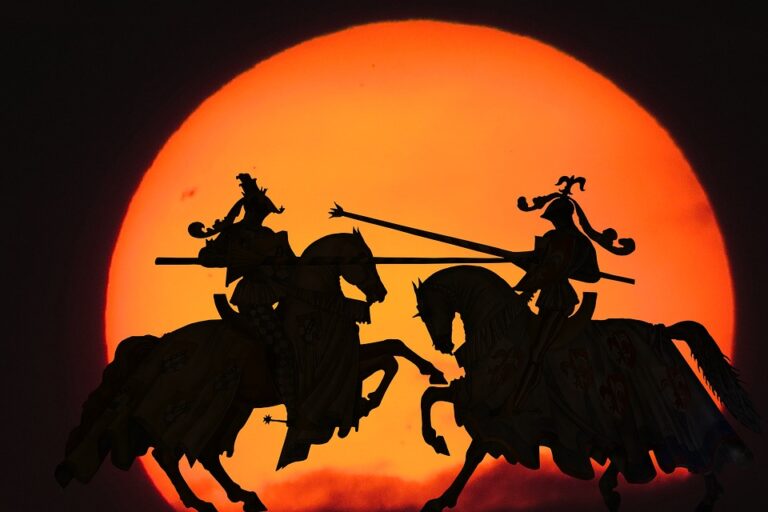The Role of Map Design in Battle Royale Success: What Works and What Doesn’t
When it comes to battle royale games, the significance of map design cannot be overstated. A well-crafted map can make the difference between a game that thrives and one that fizzles out. In this article, we’ll explore the essential elements of map design that contribute to battle royale success, along with what pitfalls to avoid.
Understanding the Impact of Map Design
Map design in battle royale games serves as the canvas on which players engage in tactical exploration and combat. According to a 2023 report by Newzoo, the global gaming market is expected to reach $220 billion, with battle royale titles accounting for a significant portion of this growth. This shows just how vital these games—and their maps—are to the gaming industry.
Key Elements of Successful Map Design
1. Scale and Space Utilization
One of the pivotal questions in map design is: How big should a battle royale map be? The scale directly influences player interaction. A well-sized map encourages encounters but doesn’t overwhelm players with vast empty spaces.
- Example: Call of Duty: Warzone effectively uses its map, Verdansk, to balance open fields with urban areas. This variety enables different playstyles and tactical options, accommodating both snipers and close-combat fighters.
2. Geographical Diversity
Successful battle royale maps often feature a variety of biomes—deserts, forests, urban areas, and more. This diversity keeps gameplay fresh and challenges players to adapt their strategies.
- Statistic: Research indicates that games with varying geographies retain player engagement 40% longer than those with limited environmental variance.
3. Loot Distribution
An effective loot distribution strategy can enhance player experience while avoiding chaos. Ensuring hotspots for loot while also having quieter areas allows players to strategize based on their skill level and fight style.
- Tip: Balancing loot locations is key—too much loot can promote chaos, while too little can lead to boredom.
What Doesn’t Work: Common Pitfalls
While certain design choices can boost a game’s popularity, others can lead to its downfall. Understanding what doesn’t work is just as critical.
1. Too Much Open Space
Maps that are overly spacious without obstacles or points of interest can lead to dull gameplay. Players may find themselves wandering aimlessly, leading to frustration rather than excitement.
- Analogy: Imagine playing tag in an empty field; the lack of obstacles dramatically reduces the fun and strategy you can employ.
2. Poor Verticality
Incorporating elevation can add depth to gameplay. Maps lacking vertical elements may miss opportunities for strategic positioning. As seen in Fortnite, players frequently utilize high ground for an advantage, illustrating the value of verticality in design.
3. Disconnected Areas
Maps that lack clear pathways between zones can frustrate players and lead to unbalanced engagement. Players should be encouraged to engage with different areas rather than navigating through tedious travel.
The Future of Map Design in Battle Royale Games
With battle royale games continuously evolving, the future looks bright for map design. Innovations like dynamic environments and weather systems are making maps more immersive. For instance, Apex Legends employs a shifting map that can change as matches progress, keeping players on their toes.
- Statistic: A recent survey indicated that 67% of gamers stated that dynamic in-game environments significantly enhance their overall gameplay experience.
Conclusion: The Blueprint for Battle Royale Success
In conclusion, the role of effective map design in battle royale games is undeniable. Elements like scale, geographical diversity, loot placement, and elevation all contribute significantly to a successful gaming experience. By avoiding common pitfalls, developers can create immersive worlds that keep players engaged.
For more insights into what makes battle royale games successful, check out our articles on The Evolution of Battle Royale Games and Top 10 Battle Royale Games of 2023. Additionally, for an industry perspective, refer to Newzoo’s Global Games Market Report.
Suggested Images
-
Image 1: A screenshot of the vibrant map from Fortnite showcasing its geographical variety. (Alt Text: A vibrant Fortnite map highlighting its geographical diversity in battle royale.)
- Image 2: An aerial view of the Call of Duty: Warzone map, emphasizing space utilization. (Alt Text: The expansive aerial view of Call of Duty: Warzone, demonstrating effective space utilization in battle royale.)
By understanding these elements and continuously adapting to player needs, developers can design maps that not only engage but also keep gamers coming back for more thrilling experiences.


